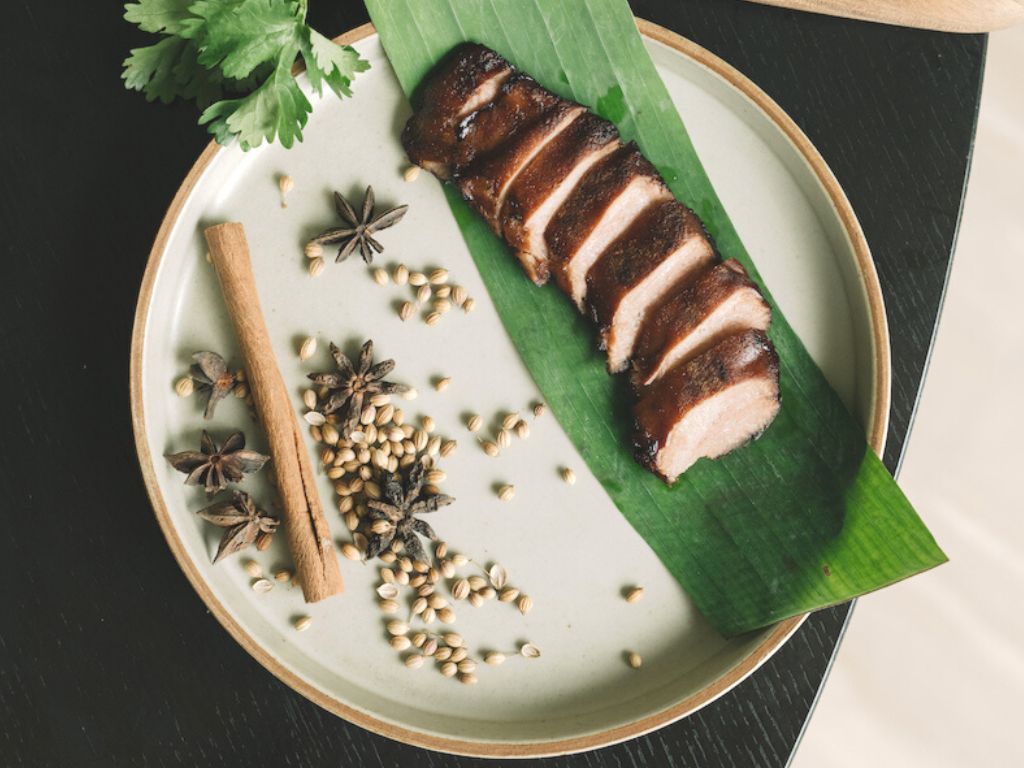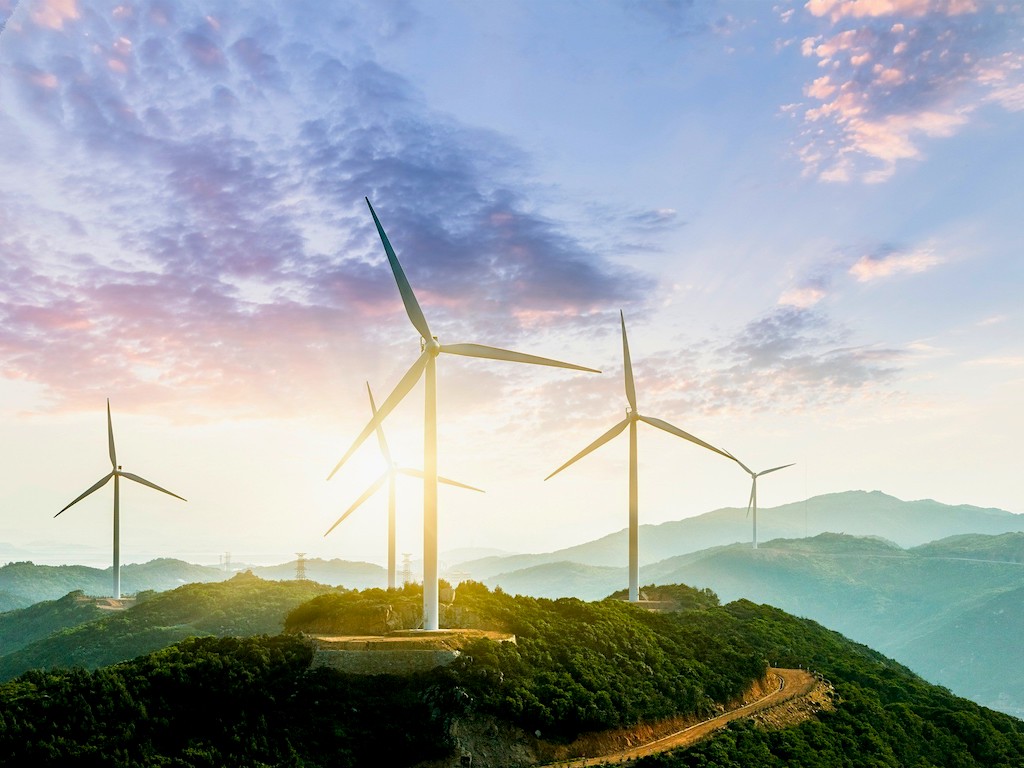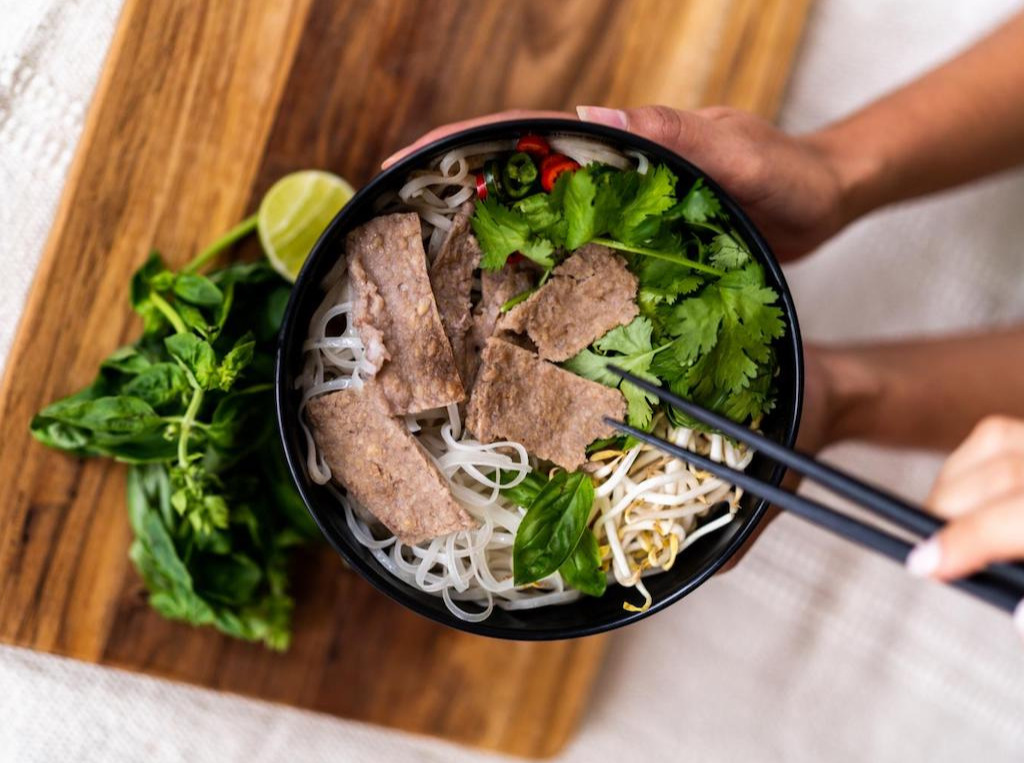6 Mins Read
Countries in Southeast Asia and Asia-Pacific must increase their alt-protein production by 2030 to help mitigate the climate crisis, as animal protein and its associated emissions must peak by the end of the decade, says a new report. By 2060, alt-proteins will need to make up 50% of the region’s total protein production if it is to decarbonise.
The report was published by Singapore-based firm Asia Research Engagement, which says alt-proteins are key to tackling the climate crisis in the world’s largest and most populous continent. Spotlighting China, Japan, South Korea, Indonesia, Vietnam, Malaysia, the Philippines, Thailand, India and Pakistan, it calculated their projected emissions from protein production and found that none of these 10 countries are on track to keep their protein emissions targets in check.
According to the research, Asia supplies more than half of the world’s animal proteins, including land animals and seafood. It warns that without a shift to alternative proteins, it will be impossible to meet the 1.5°C warming goal set by the 2015 Paris Agreement. This is in line with a previous report that suggested high-methane food consumption must drop to meet this target. By 2060, alternative protein production will need to grow between 30-90% in these countries to curb carbon emissions.
Reducing livestock farming holds the key

The researchers suggest that livestock production has a bigger environmental footprint than all edible crops combined, because it’s more resource-intensive, and uses more land, water, animals and antibiotics. Livestock farming contributes to 14.5% of all carbon emissions, according to the Food and Agriculture Organization, and a report by the Nature Food journal this year found that vegan diets can cut emissions by 70% compared to meat- and dairy-heavy ones.
While some countries are witnessing a drop in population numbers, nations like India (which surpassed China to become the world’s most populous country earlier this year) and Pakistan have growing populations. These neighbouring nations need to have the highest increase in alt-protein production, with 85% and 90% of protein coming from alternative and traditional plant sources (like beans, tofu, tempeh, etc.), respectively.
Asia-Pacific is home to some of the largest meat consumers in the world, including Hong Kong, Australia and China. The latter is the world’s largest producer of pork, fish and eggs, and its animal consumption is expected to increase by 2030 despite falling population numbers. The report suggests that 50% of all protein consumption must be from alternative sources by 2060 for China.
Asia Research Engagement says intensive livestock farming is also the main culprit of deforestation and biodiversity loss. It advises these countries to eliminate their contribution to deforestation by 2030 – tropical deforestation accounts for about 20% of all greenhouse gas emissions annually.
Indonesia and Malaysia face large-scale deforestation as land is cleared for pasture and palm oil plantations. In fact, 90% of the world’s palm oil trees are located in the rainforests in these countries, and they have been directly linked to deforestation here. In August 2019, Indonesian forests were engulfed by wildfires caused directly by palm plantation trees – a signpost of potential climatic catastrophes if measures aren’t taken to reduce deforestation.
Running out of time

Speaking to Green Queen, Mirte Gosker, managing director of alt-protein think tank the Good Food Institute APAC, alluded to research showing a significant awareness gap remains in Asian countries, with about one-third of consumers unfamiliar with plant-based meat or seafood products. “This presents both a challenge and an opportunity for the industry as it seeks to compellingly introduce itself to a wide swathe of potential customers,” she said.
“On the manufacturing side, many key infrastructural gaps remain, including a lack of adequate cold-chain infrastructure in various Southeast Asian countries,” she added. “There is also a substantial need to further build out the local technical talent pipeline, to ensure that the infrastructural machinery and laboratory spaces needed to perfect alternative proteins are fully staffed by highly skilled local workers.”
With the Asia Research Engagement report presenting a short timeline for an alt-protein turnaround, Gosker said that time is not on our side: “Amid skyrocketing demand and increased climate instability, reimagining Asia’s protein supply is now akin to making a U-turn in a freighter ship: it’s achievable, but requires that nations collaborate to further expand regional alternative protein manufacturing infrastructure and rapidly harmonise regulatory frameworks”
She continued: “Failure to do so will mean that the compounding pressures of ecological and supply chain instability will grow, resulting in a food system that falls woefully short of satisfying rising demand.
Asian alt-protein on the rise

While this all can sound fairly gloomy, there is hope. Gosker told Green Queen that numerous studies have shown that Asian consumers are open-minded when it comes to eating alternative proteins – as long as products match or exceed the taste, nutrition, ‘freshness’ and affordability people associate with conventional meat and seafood.
GFi says that Asia-Pacific is one of the fastest-growing regions for alt-protein in the world. This is helped by the fact that Singapore is an alt-protein torchbearer, becoming the first country in the world to grant regulatory approval for the sale of cultivated meat, and attracting a host of cell-cultured protein companies in the process.
Green Queen’s own APAC Alternative Protein Industry Report for 2022 found the region home to the biggest Series A investments ever for both plant-based and cultivated meat. This is complemented by GFI data that showed a 43% increase in financing for alt-protein startups in Asia-Pacific.
GFI also found that investments in fermentation-based and cultivated protein companies increased by 67% and 96% year-on-year from 2021 to 2022, respectively. In fact, interest in these sectors was so strong that these numbers didn’t just surpass the year prior – they surpassed the all-time totals in each segment’s history in Asia-Pacific.
Taking inspiration from the past

Gosker said there are policy examples to take inspiration from, pointing to massive investments by China and other nations into clean energy sources like wind and solar power two decades ago, in response to growing demand. Building infrastructure for renewables helped resist power-grid shortages and set up “an economic boom of historic proportions”.
Asia now boasts nearly half of the world’s wind energy capacity and produces over 80% of all solar panels. As the world deals with the climate crisis and tight energy transition deadlines, this continent “makes and sells what the rest of the world urgently needs”. And this is true for meat too – Asia is the world’s largest meat producer, responsible for between 40-45% of total production.
Touching upon this, Gosker says: “We now have a short window to turn another looming crisis into an opportunity, in perhaps the only sector more fundamental than electricity: our food supply. By leveraging every public and private investment tool at our disposal, we can rapidly ramp up a smarter way of making protein and reap the rewards throughout the rest of the Asian Century.”
Asia Research Engagement’s research states the benefits of reducing the region’s meat consumption. It could lead to lower land, water, animal and antibiotic use, less pollution, avoid deforestation and biodiversity loss, and present less risk of diseases linked to industrial production systems and overconsumption of meat.
“We see a great need for this sort of research, providing solution pathways for 10 major Asian market towards climate safety,” said Andy Jarvis, director of future food at the Bezos Earth Fund. “As novel work for the Asia region, transitional pathways from business as usual are critical for discussions with policy makers, companies and banks to demonstrate needs and opportunities for them to align and support a food system that helps us achieve [the] Paris climate goals.”



